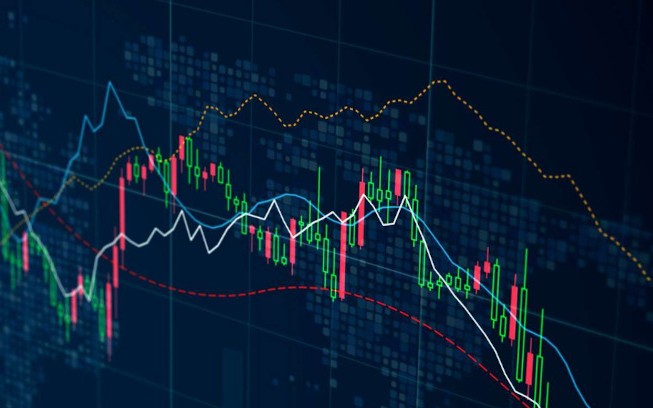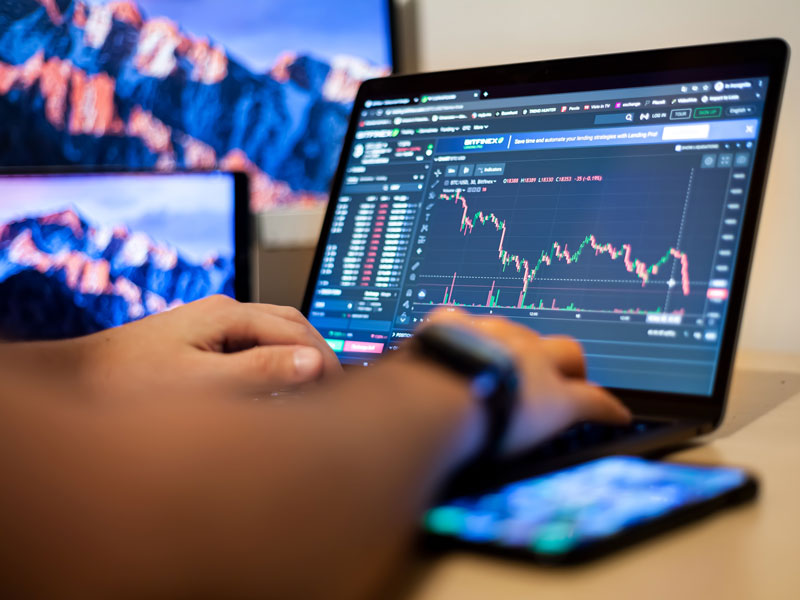
If you’re looking to dive into the exciting world of Forex exchange trading, you’ve come to the right place. This comprehensive guide will provide you with essential insights, strategies, and tips to help you navigate the currency markets effectively. Ready to take the plunge into trading? Be sure to check out forex exchange trading trading-terminal.com, where you can find tools and resources to enhance your trading journey.
Introduction to Forex Trading
Forex, or foreign exchange, is the largest and most liquid financial market in the world. With a daily trading volume exceeding $6 trillion, it offers traders the opportunity to buy and sell currencies, aiming to profit from fluctuations in exchange rates. Unlike traditional stock markets, Forex trading is decentralized, meaning it occurs over-the-counter (OTC) and 24 hours a day, five days a week. This accessibility makes Forex an attractive marketplace for various traders, from beginners to professionals.
Understanding Currency Pairs
In Forex trading, currencies are always quoted in pairs. A currency pair consists of two currencies: the base currency and the quote currency. The base currency is the first currency listed, while the quote currency is the second. Each pair indicates how much of the quote currency is needed to purchase one unit of the base currency. For example, in the EUR/USD pair, if the exchange rate is 1.20, it means that 1 Euro can be exchanged for 1.20 US Dollars.
Major Currency Pairs
Some of the most traded currency pairs are known as major pairs. These include:
- EUR/USD – Euro / US Dollar
- USD/JPY – US Dollar / Japanese Yen
- GBP/USD – British Pound / US Dollar
- USD/CHF – US Dollar / Swiss Franc
- AUD/USD – Australian Dollar / US Dollar
- USD/CAD – US Dollar / Canadian Dollar
Market Analysis: Fundamental vs Technical
To succeed in Forex trading, it is essential to understand market analysis. There are two primary methods: fundamental analysis and technical analysis.
Fundamental Analysis
Fundamental analysis involves evaluating economic indicators, news, and events that can impact currency values. Factors such as interest rates, inflation, employment data, and geopolitical events play significant roles in determining currency strengths. Traders relying on fundamental analysis often look for economic reports, central bank announcements, and political events that may influence market sentiment.
Technical Analysis
On the other hand, technical analysis focuses on price movements and historical chart patterns. Traders use various tools, including charts, indicators, and oscillators, to identify trends and potential entry and exit points. Common types of charts include line charts, bar charts, and candlestick charts. Key technical indicators include Moving Averages, Relative Strength Index (RSI), and Fibonacci retracement levels.
Types of Forex Orders
Understanding different order types is crucial for executing trades effectively. The primary types of Forex orders include:
- Market Order: An order to buy or sell a currency pair at the current market price.
- Limit Order: An order to buy or sell a currency pair at a specified price or better.
- Stop-Loss Order: An order to close a position when the price reaches a specific level to limit losses.
- Take-Profit Order: An order to close a position once it reaches a desired profit level.

Trading Strategies
Developing a solid trading strategy is vital for success in Forex trading. Here are some popular strategies:
Scalping
Scalping is a short-term trading strategy that involves making numerous trades throughout the day to capture small price movements. Scalpers aim to profit from quick trades, often holding positions for only a few minutes or seconds.
Day Trading
Day trading involves opening and closing positions within the same trading day. Day traders capitalize on intraday price movements and often use technical analysis to make quick trading decisions.
Swing Trading
Swing trading is a medium-term strategy that involves holding positions for several days to capture larger price movements. Swing traders rely on both fundamental and technical analysis to identify potential trades.
Position Trading
Position trading is a long-term strategy that involves holding positions for weeks, months, or even years. Traders using this approach focus on fundamental analysis and broader economic trends.
Risk Management in Forex Trading
Effective risk management is a key component of successful Forex trading. Here are some crucial risk management practices:
- Set Stop-Loss Orders: Always use stop-loss orders to limit potential losses on trades.
- Adhere to Position Sizing: Ensure that the size of your positions aligns with your trading capital and risk tolerance.
- Avoid Over-Leveraging: While leverage can amplify profits, it can also increase potential losses. Use leverage cautiously.
- Diversify Your Trades: Avoid putting all your capital into a single trade. Diversification can help spread risk.
Choosing a Forex Broker
Finding a reliable Forex broker is paramount for your trading success. Here are some factors to consider when choosing a broker:
- Regulatory Compliance: Ensure that the broker is regulated by a reputable financial authority.
- Trading Platforms: Look for a broker that offers a user-friendly trading platform with advanced tools and features.
- Spreads and Fees: Compare the spreads, commissions, and fees associated with trading to find the most cost-effective option.
- Customer Service: Good customer support can be vital, especially for beginners. Choose a broker that offers prompt and helpful assistance.
Conclusion
Forex exchange trading can be a rewarding endeavor for those who are willing to invest the time and effort to learn and practice. By understanding market dynamics, employing effective strategies, and managing risks wisely, you can enhance your chances of success in this exciting financial market. Remember that continuous education and adaptability are keys to thriving in the ever-changing world of Forex trading.

Schreibe einen Kommentar